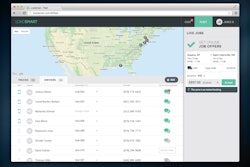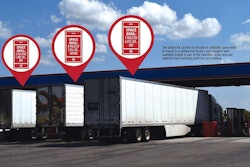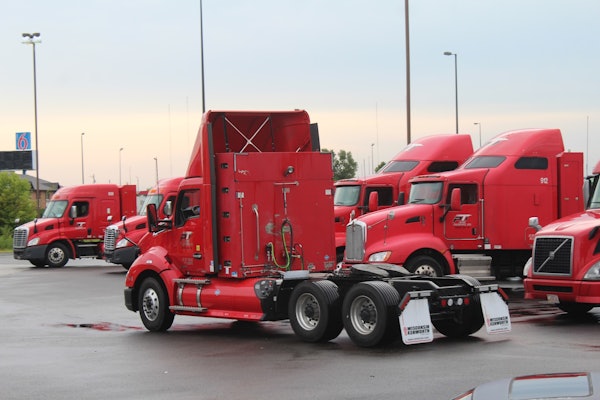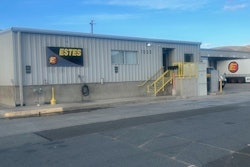A mobile app called Uber gives passengers instant rates between any local origin and destination and connects them to drivers to make a pickup within minutes. How could booking a truckload shipment ever been this easy?
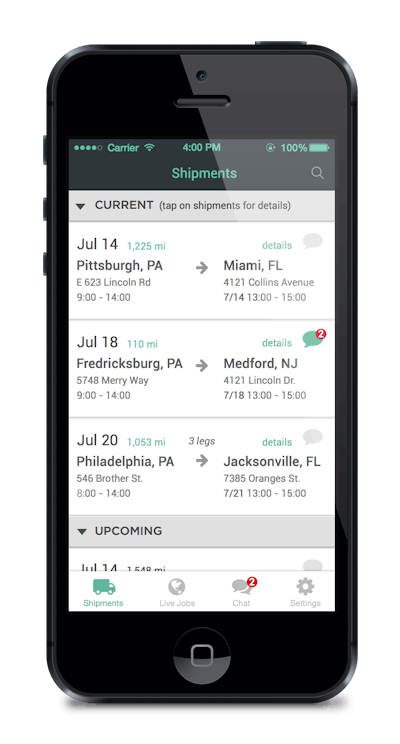 Carriers that use LoadSmart are required to have tracking capabilities. One option is to use a mobile app.
Carriers that use LoadSmart are required to have tracking capabilities. One option is to use a mobile app.In 2013, Cargo Chief was launched as a data company with brokerage authority. Its first year in business was spent developing a proprietary search engine among other technologies. The engine’s algorithm receives inputs from 30,000 sources every day to predict where capacity will be and at what cost.
“When processing that much data, we think we can be within three percent of accuracy for pricing,” says Abtin Hamidi, co-founder of Cargo Chief. “Brokers that have a technology advantage have a real value to shippers. By aggregating data we can see things that shippers can’t see.”
In 2014, Ricardo Salgado started Loadsmart with the goal to create an efficient experience for shippers to book loads with carriers. Ideally, the experience would be as easy as buying an airline ticket or a ride across town.
Loadsmart’s algorithm uses real-time and historical data to determine pricing. All a user does is enter the origin and destination of a shipment. A price is shown instantly for the nearest pickup and delivery date. If interested, the user clicks a “Book” button, at which point the website asks for additional information about the load and the shipper.
“We want to make this as easy as possible,” he says.
The company has enough confidence in its pricing and service capabilities that the instant “Book” option is available for about 50 percent of lanes in the United States with a heavy concentration of loads East of the Mississippi River, Salgado says.
If not enough information is available on whether or not Loadsmart can meet the service requirements of the load, users still see an instant price. But instead of a “Book” option they get a “Talk to Agent” button.
Online load boards have traditionally not handled functions that come after rates are negotiated such as freight tracking and billing. Some new online services can manage transactions end to end.
In many ways, trucking is becoming more like the travel industry by sharing instant pricing information.
With 90 percent of motor carriers operating less than six trucks, mobile apps give brokers and shippers a way to automate communications with owner operators and small fleets.
To help attract and retain good carriers, several companies now offer free, online fleet management systems for fleets to dispatch their equipment and drivers.




